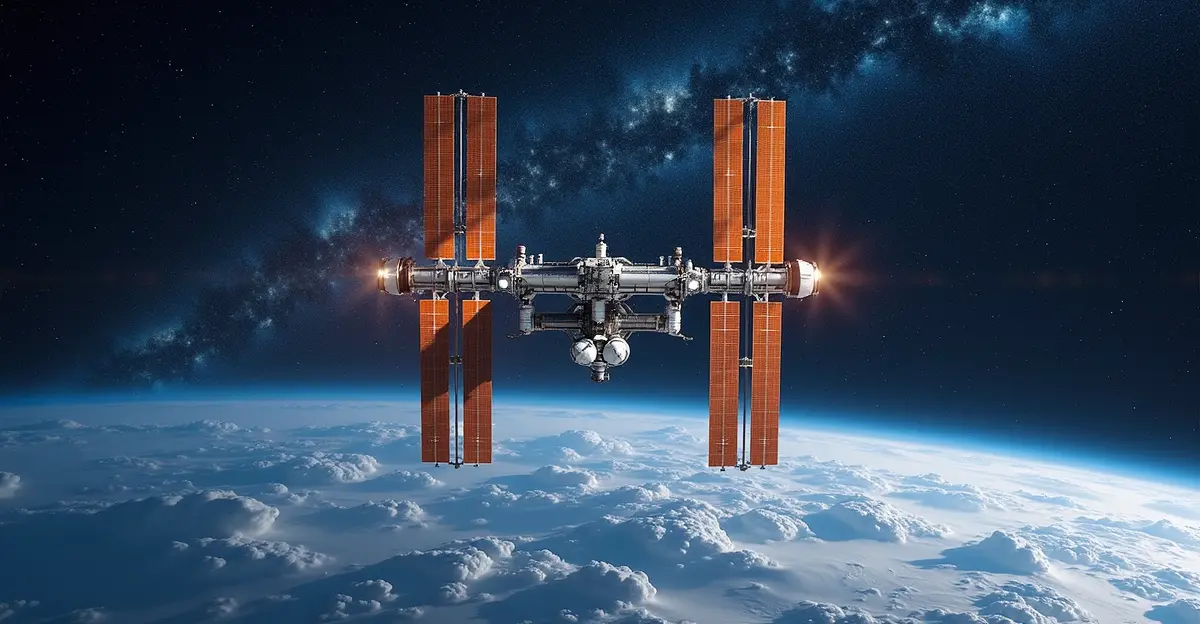China launches new module to Tiangong space station, expanding research capabilities and international cooperation. The expansion addresses growing scientific demands and supports over 1,000 experiments.

China's Space Station Grows with Advanced Research Capabilities
China has successfully launched a new module to its Tiangong space station, marking a significant expansion of the orbiting complex's research capabilities. The launch represents China's continued commitment to establishing a permanent human presence in low Earth orbit independent of the International Space Station.
Advanced Research Facilities
The new multi-functional expansion module features six docking ports and will attach to the Tianhe core module, allowing for further expansion of the station. According to SpaceNews, the expansion addresses growing scientific demands that are placing higher requirements on the station's space and energy supply. The module includes advanced experimental racks for space life sciences, biotechnology, microgravity fluid physics, material science, and fundamental physics research.
'This expansion will significantly enhance our scientific capabilities and provide more opportunities for international cooperation,' said Wang Jue from China Aerospace Science and Technology Corporation in a recent statement.
International Collaboration
The expansion comes as China strengthens its international space partnerships. A major milestone was the agreement with Pakistan to send a Pakistani astronaut to Tiangong, as reported by New Space Economy. This marks China's expanding global space cooperation and positions Tiangong as an alternative platform for international space research.
'We welcome international partners to join us in exploring the mysteries of space,' commented a spokesperson from the China Manned Space Agency.
Technical Specifications
The Tiangong space station, meaning 'Heavenly Palace,' now consists of four main modules with a pressurized volume of approximately 340 cubic meters. According to Wikipedia, the station operates at an altitude between 340 and 450 kilometers above Earth's surface and can accommodate up to six crew members. The new module adds significant laboratory space and power generation capacity to support extended research missions.
Future Plans
China plans to transform Tiangong from its current T-shape configuration to a cross-shaped 'Double-T' design, as detailed by Space.com. This will allow for more science experiment racks and larger extravehicular experiments. The country is also developing the Mengzhou spacecraft capable of carrying 6-7 astronauts and plans to launch the Xuntian space telescope in 2026.
'This expansion demonstrates our long-term commitment to maintaining a permanent human presence in space,' stated Li Ming of the China Academy of Space Technology.
Scientific Impact
The enhanced capabilities will support over 1,000 planned experiments, including agriculture research for sustainable food sources in space and advanced materials testing. The station serves as a crucial platform for developing technologies needed for long-term human spaceflight and future deep space exploration missions.

 Nederlands
Nederlands
 English
English
 Deutsch
Deutsch
 Français
Français
 Español
Español
 Português
Português









